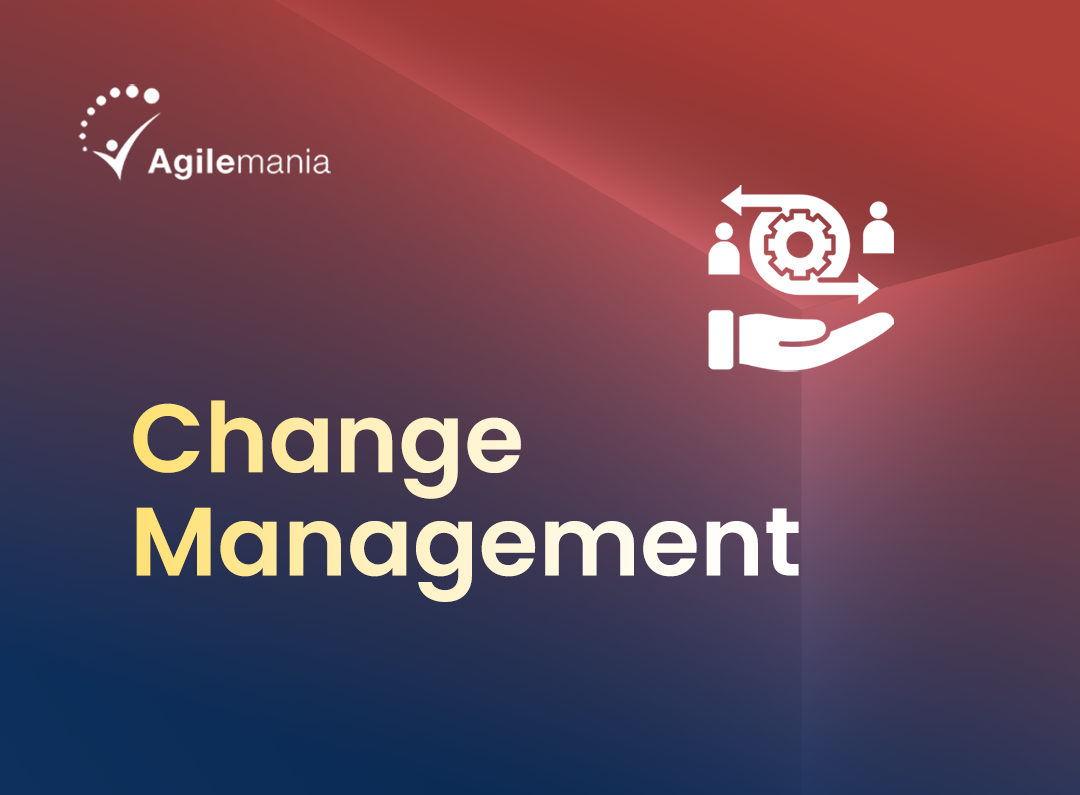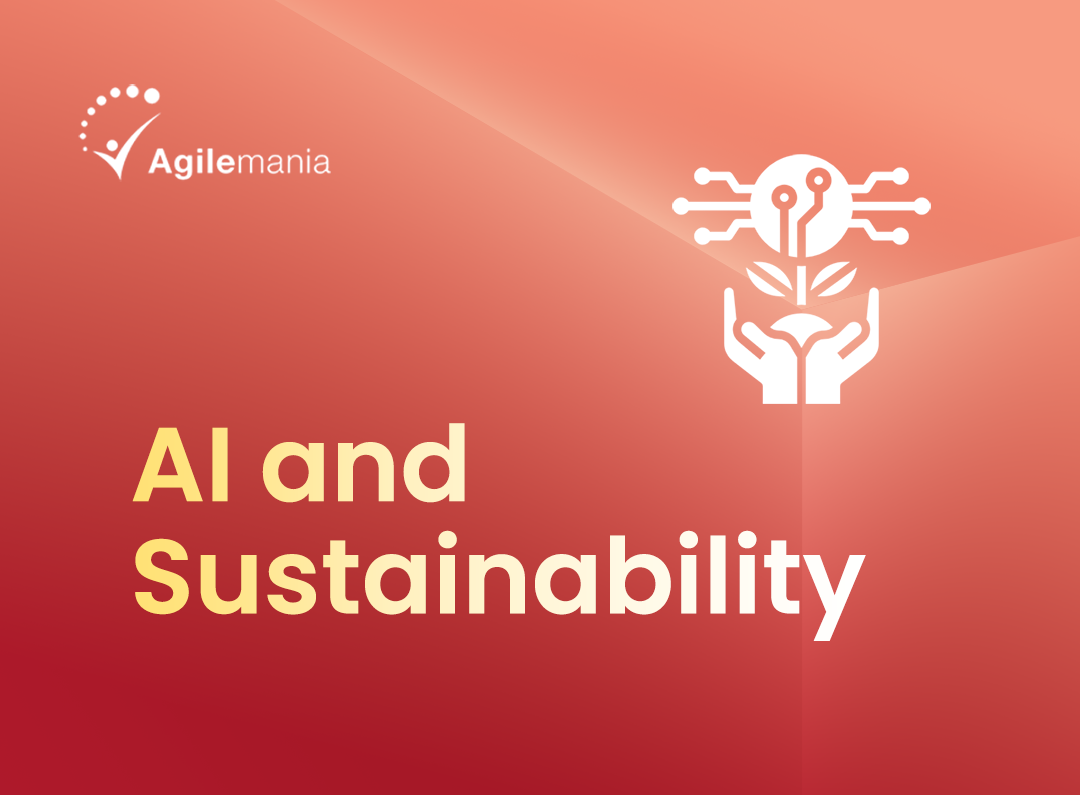Table of Contents
-
What is Continuous Improvement
-
The Importance of Incremental Improvement
-
The Role of Continuous Improvement in Innovation
-
How to Build a Culture of Continuous Improvement
-
What is Continual Reinvention?
-
Connection Between Incremental Improvement with Reinvention
-
Conclusion
In today's fast-paced business environment, standing still is akin to moving backward. Companies that don't continuously evolve and improve are at risk of becoming obsolete, outpaced by competitors who are more responsive to market changes and customer needs. This constant need for reinvention and improvement is at the heart of business agility—a crucial trait for any organization aiming for long-term success.
What is Continuous Improvement?
Continuous improvement is the practice of constantly seeking ways to enhance products, services, processes, and operations. It's about making small, incremental changes that collectively lead to significant advancements. This approach recognizes that even minor improvements can have a substantial impact when consistently applied over time.
Think of continuous improvement as a journey rather than a destination. It’s not about making one-off changes but fostering a culture where innovation and improvement are part of the daily routine. This mindset allows organizations to stay ahead of the curve, adapt to new challenges, and capitalize on emerging opportunities.
The Importance of Incremental Improvement
The idea that small, consistent improvements can lead to significant results is not new. In fact, it's a principle that has been successfully applied in various fields, from sports to technology. Consider the concept of "marginal gains" popularized by Dave Brailsford, the coach behind Team Sky's cycling successes. Brailsford believed that improving every aspect of cycling by just 1% would add up to a substantial overall gain. This approach helped his team dominate the Tour de France and other major competitions.
In the business world, the same principle applies. Small steps might seem insignificant on their own, but when aligned with a clear vision and taken consistently, they can drive significant change. This could involve anything from tweaking a product design to streamlining a process or enhancing customer service.
Lead Innovation as a SAFe® Architect
Innovate and reinvent your organization with agile architecture skills. Our SAFe® Architect course helps you become an agile change agent.
Register Now
The Role of Continuous Improvement in Innovation
Innovation often brings to mind big, disruptive changes. However, many of the most impactful innovations result from continuous improvement. Behind every groundbreaking product or service lies a series of incremental changes that make it viable and successful.
Take, for example, Thomas Edison's invention of the light bulb. The concept itself was revolutionary, but it was the continuous improvements in materials, design, and production processes that made it accessible and affordable to the masses. Similarly, the evolution of smartphones involved countless small innovations in hardware, software, and user experience that collectively transformed how we communicate and interact with technology.
How to Build a Culture of Continuous Improvement
For continuous improvement to be effective, it needs to be embedded in the organization's culture. This means creating an environment where employees are encouraged to suggest ideas, experiment with new approaches, and learn from failures. Here are some strategies to foster such a culture:
-
Empower Employees: Encourage employees at all levels to contribute ideas for improvement. This can be achieved through suggestion programs, brainstorming sessions, and collaborative platforms.
-
Recognize and Reward: Acknowledge the contributions of those who come up with successful improvements. Recognition can be in the form of awards, bonuses, or simply public praise.
-
Provide Training: Equip your team with the skills and knowledge they need to identify and implement improvements. This might include training in problem-solving techniques, innovation methodologies, or new technologies.
-
Align with Strategic Goals: Ensure that continuous improvement efforts are aligned with the organization’s strategic objectives. This ensures that the improvements contribute to the overall success of the company.
What is Continual Reinvention?
Continuous improvement is about making ongoing enhancements, but sometimes more drastic changes are needed. This is where continual reinvention comes into play. Reinvention involves fundamentally rethinking and transforming how a business operates, often in response to significant market shifts or technological advancements.
A classic example of reinvention is Apple’s transformation under Steve Jobs. When Jobs returned to Apple in the late 1990s, the company was struggling. Through a series of bold moves, including the introduction of the iMac, iPod, iPhone, and iPad, Apple reinvented itself and became one of the most valuable companies in the world. This wasn’t just about improving existing products; it was about reimagining what Apple could be and do.
Discover the Ideal Course for Your Role
Unsure which SAFe® certification fits your career? Use our course finder to discover the best path for continuous improvement.
Try Course Finder
Connection Between Incremental Improvement with Reinvention
While continuous improvement and reinvention might seem like conflicting strategies, they actually complement each other. Continuous improvement ensures that your business remains competitive and efficient in the short term, while reinvention allows you to stay relevant in the long term.
Here’s how you can strike the right balance:
-
Monitor Market Trends: Stay informed about changes in the market, technology, and customer preferences. This will help you identify when a more radical reinvention is necessary.
-
Set Clear Milestones: While working on continuous improvements, set milestones that align with long-term goals. This ensures that incremental changes are leading you in the right direction.
-
Encourage Innovation: Foster an environment where innovation is part of the company’s DNA. This will make it easier to pivot and reinvent when needed.
Conclusion- The Endless Journey of Improvement
In the world of business, there’s no such thing as “good enough.” To thrive, companies must commit to continually reinventing themselves and relentlessly pursuing improvement. This journey requires a culture of innovation, a willingness to embrace change, and a clear vision of the future.
Remember, the businesses that succeed are those that see change not as a threat but as an opportunity. By continually improving and reinventing, you can ensure that your company remains agile, competitive, and ready to meet the challenges of tomorrow.































































































